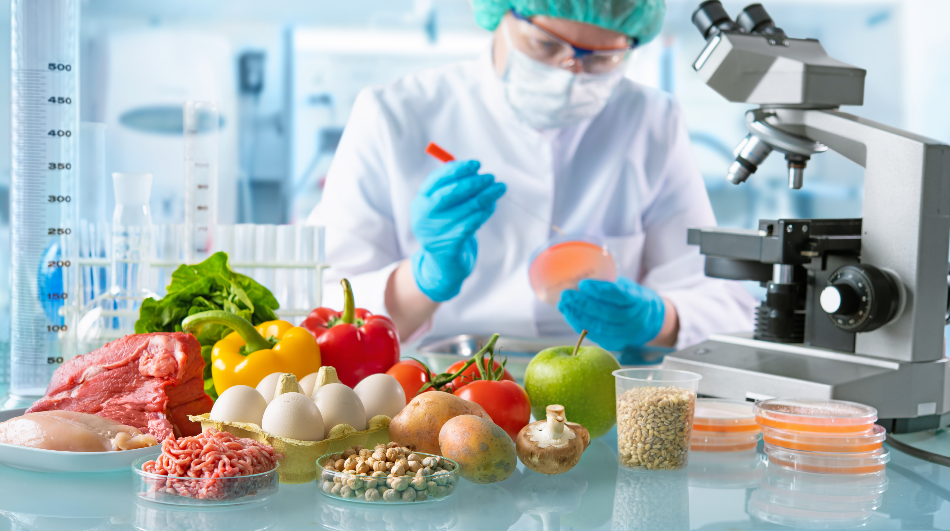Article updated on 6 November 2020.

Alexander Raths / Shutterstock
Modern diets are changing and evolving. People are becoming increasingly informed on the workings of the food industry, how their food choices impact the environment and their bodies, and there is also a rising awareness of food allergies and intolerances.
This elevated level of consciousness when it comes to food has led to consumers demanding specific products from food producers, this may be anything from vegan, gluten-free, dairy-free, to low-fat, low-sugar or low-salt options. This is a trend that is here to stay, veganism, for example, is predicted to continue to grow in popularity, in some countries rates are skyrocketing-the UK alone is expecting a 327% increase in the number of vegans between 2019 and 2020.
Challenges Faced in the Food Industry
This presents a key challenge to the food industry. People are demanding high-quality alternative food options, which means that food producers are under pressure to create food that either mimics another substance (such as in vegetarian/vegan meat options), or that maintains the same taste and texture of the products they are familiar with, but with an altered recipe (such as reduced sugar, for example).
The structure is fundamental in determining the characteristics of food, as it can have an impact on both taste and nutrition. Food structure dictates the overall taste by determining the product’s texture, mouthfeel and how the flavor is released. The structure also has some influence over how nutrients are released into the body as this relies on a complex arrangement of molecules in the food. Most food has a complex structure because they encompass many components, such as carbohydrates, proteins, minerals, and vitamins. This means that in changing the ingredients in a food substance, or in trying to mimic the taste and texture of food, the structure is key, but it is also very challenging.
Using Quantum Mechanics to Analyze Food Products
Over a decade ago, Nestle began working on a solution that would enable them to develop foods with optimal levels of stability, nutrients, flavor and aroma release. The solution focusses on the use of quantum mechanics to analyze food products.
Studies have shown that water molecules within food interact with the fats and oils also present (known as lipids). These interactions between molecules are seen as a potential point for gaining an understanding of how the structure of food is defined in different foods. With this knowledge, scientists would have the key to amend and change the structure to give food textures and tastes that fit a certain profile. This could be in creating vegan meats that taste like the real thing, or in creating gluten-free bread with the texture of traditional bread.
Nestle recognized that at the time there was no quantitative theoretical framework that had been built to give the basis of an understanding of how these structural changes to food that come about through lipid-water interactions arise. Out of Nestlé’s studies using quantum mechanics, a thermodynamic model has been established, which is able to describe the phase sequences that occur when lipids interact with water. The scientists used the self-consistent field theory, a quantum mechanical theory, to calculate these phases.
New Method Can Impact Taste/Texture Outcome
The development of this theory, with the help of the self-consistent field theory (also known as the Hartree-Fock method), gives food scientists a tool to make accurate calculations about how the addition and subtraction of molecules in a recipe can influence the structure, and how that structure can be manipulated to impact the taste/texture outcome.
In the future we can expect to see this method being used to optimize a variety of food types on an industrial scale, helping to improve the market for alternative food choices, supporting growing populations such as vegans.
Source
Disclaimer: The views expressed here are those of the author expressed in their private capacity and do not necessarily represent the views of AZoM.com Limited T/A AZoNetwork the owner and operator of this website. This disclaimer forms part of the Terms and conditions of use of this website.